Your Pet’s Summer Survival Guide: Real Talk on Keeping Them Safe
I’ve spent a long, long time working with animals, from the chaos of big city shelters to the quiet dedication of rural rescues. And every year, it’s the same story: summer brings so much joy, but it also brings a ton of preventable heartbreaks. I’ll never forget this one beautiful golden retriever who was left in a car for what the owner swore was “just a few minutes.” He almost didn’t make it. Experiences like that teach you that common sense isn’t always so common.
In this article
- The Science of Staying Cool (The Not-So-Boring Part)
- Heatstroke: Don’t Wait for the Worst
- The Car: An Oven on Wheels (and Other Traps)
- Paws, Hydration, and Pupsicles
- The Great Coat Debate: To Shave or Not to Shave?
- The Uninvited Guests: Fleas, Ticks, and Mosquitoes
- More Summer Surprises: Water, Windows, and BBQs
- Your Summer Go-Bag: Be Prepared!
- Inspirational Gallery
So, this isn’t just another list of tips. This is the hard-won stuff, the “why” behind the rules that I’ve shared with thousands of families and volunteers over the years. We’re going to cover everything from heatstroke and hydration to parasites and some hidden dangers you might not have thought of. Let’s make sure this summer is all about fun, not emergencies.
The Science of Staying Cool (The Not-So-Boring Part)
First things first, you have to understand how your pet’s body is different from yours. We humans are walking radiators, covered in sweat glands. It’s a super-efficient system. Dogs and cats? Not so much. They have a few sweat glands in their paw pads, but it’s not enough to make a real difference.
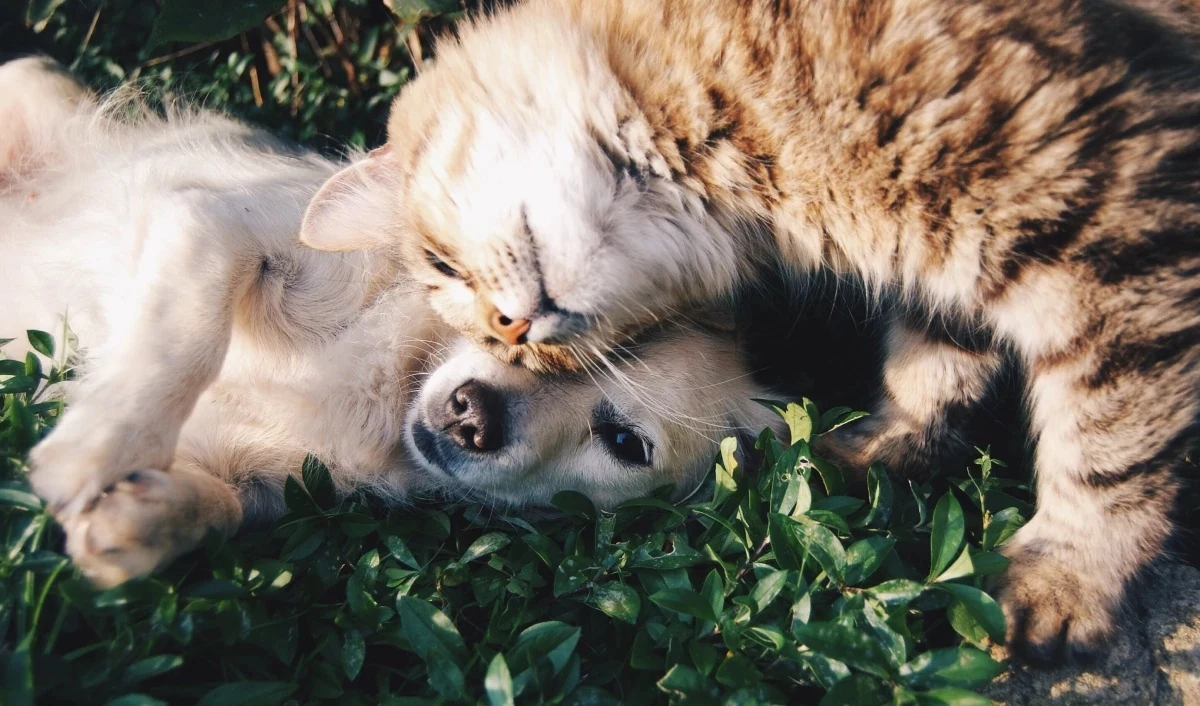
Their main cooling trick is panting. By taking quick, shallow breaths, they evaporate moisture from their tongue and lungs, which cools the blood. But this system has a major flaw: humidity. When the air is already thick with moisture, evaporation slows way down. This is why a humid 85-degree day can be far more dangerous than a dry 95-degree day. Plus, all that panting takes energy, which actually creates more internal heat. It’s a vicious cycle.
Heads up! Certain pets are at a much higher risk. The flat-faced (brachycephalic) breeds like Pugs, French Bulldogs, and Persian cats have a really tough time. Their shortened airways physically limit how well they can pant. For them, even mild warmth can turn into a crisis fast. The same goes for senior pets, those who are overweight, or any animal with a heart or lung condition.
Heatstroke: Don’t Wait for the Worst
Heatstroke is the real deal, and it’s one of the scariest summer emergencies. It’s what happens when their body gets overwhelmed and can’t cool down anymore. You need to know the signs, because they can be subtle at first.
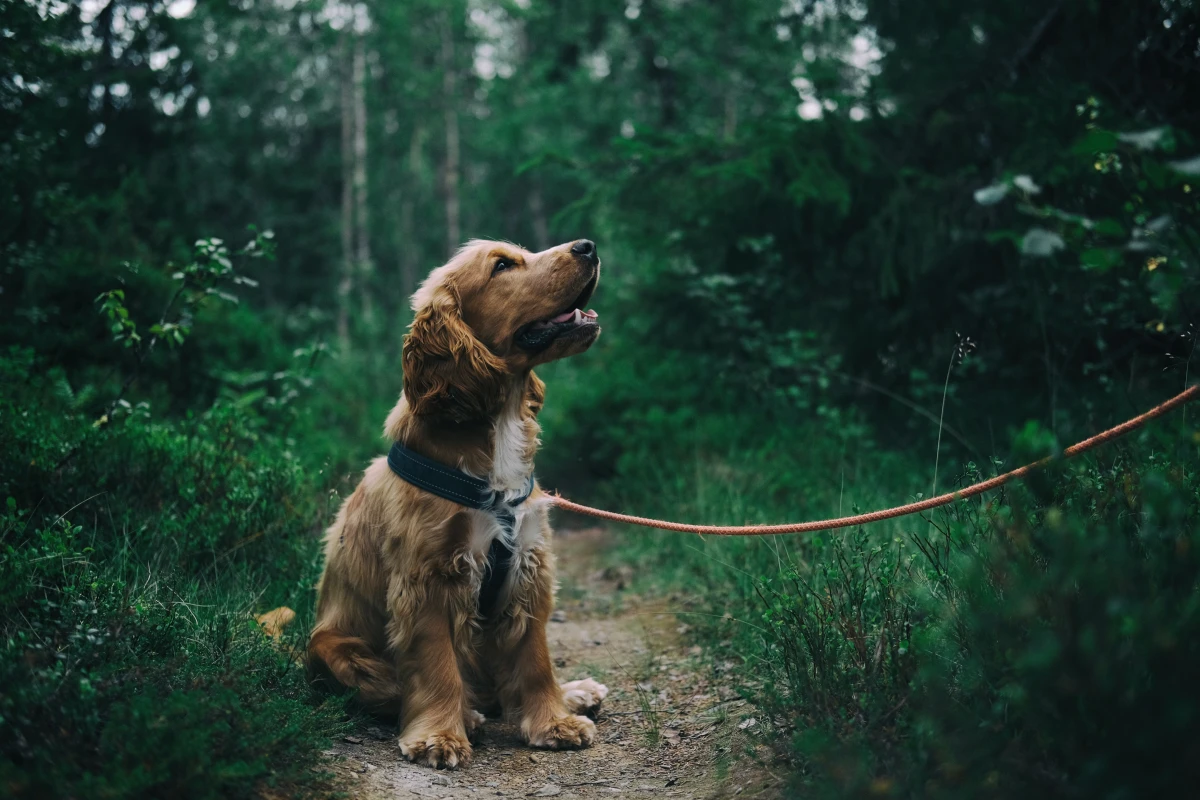
Good to know: A dog or cat’s normal temperature is around 101°F to 102.5°F (38.3°C to 39.2°C). When their temperature climbs over 106°F (41°C), they’re in the danger zone, and permanent organ or brain damage can happen shockingly fast.
Watch for these warning signs, often in this order:
- Frantic Panting: It looks and sounds different from normal panting—they just can’t seem to stop.
- Thick, Sticky Drool: Dehydration makes their saliva get ropy and thick.
- Bright Red Gums: A sign their blood vessels are dilating in a desperate attempt to release heat.
- Dizziness or Stumbling: They might seem clumsy or wobbly on their feet.
- Vomiting or Diarrhea: This is a serious sign of distress.
- Collapse: In the final stages, the body begins to shut down.
If you suspect heatstroke, you have to act immediately while someone else calls the nearest emergency vet. Here’s what to do:
- Move them to a cool spot. Get them out of the sun. Air-conditioned indoors is best, but deep shade is your next priority.
- Use COOL, not icy, water. This is critical. A lot of people grab ice packs, but that’s a mistake. Ice-cold water can constrict blood vessels, which traps heat inside the body and can cause shock. Use cool tap water from a hose or place cool, wet towels on their body, focusing on the neck, armpits, paws, and groin area.
- Offer small sips of water, but only if they’re conscious and able to drink. Don’t force it.
- GET TO A VET. NOW. I can’t stress this enough. This is not optional. Even if your pet seems to be recovering, they need medical care. Heatstroke can cause delayed kidney, liver, or brain damage. I’ve seen pets seem fine, only to go into organ failure a day later. An emergency visit for this can easily cost between $800 and $2,000, sometimes more. It’s a hefty price, but it could save their life.

The Car: An Oven on Wheels (and Other Traps)
Let me be blunt: never, ever leave your pet in a car on a warm day. Not for a minute. Not with the windows cracked. A car heats up like a greenhouse, and on a 75°F day, the inside can hit 120°F in 30 minutes. Cracking a window does almost nothing to help.
But what if you see an animal locked in a hot car? It’s a horrible feeling. Here’s a practical game plan:
- First, take down the car’s make, model, and license plate number.
- If you’re in a parking lot, have the store manager page the car’s owner over the intercom.
- Call your local animal control or 911. Tell them it’s an emergency situation with an animal in a hot car. They need to know it’s urgent.
- Stay on the scene until help arrives. Many areas have “Good Samaritan” laws that may offer protection if you have to intervene, but your first call should always be to the authorities.
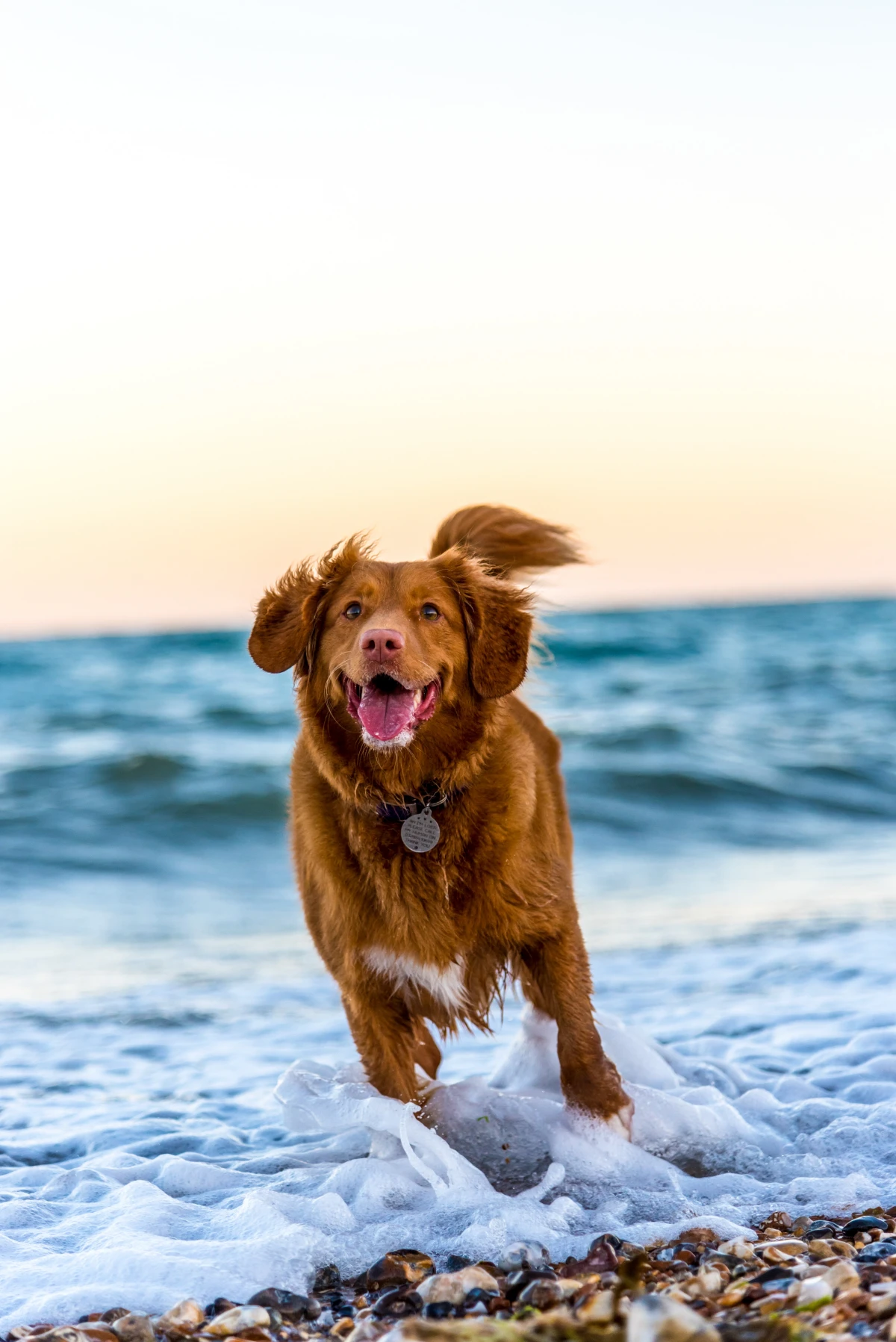
And by the way, this isn’t just about cars. Cats, in particular, are notorious for seeking out quiet, dark spots. A hot garage or a garden shed can become just as deadly. Always check those spaces before closing them up for the day.
Paws, Hydration, and Pupsicles
We wear shoes, but our dogs don’t. That black asphalt can get brutally hot. Here’s my favorite trick: the five-second rule. Place the back of your hand on the pavement. If you can’t hold it there for five seconds, it’s too hot for your dog’s paws. Stick to grass or walk during the cooler parts of the day—early morning or late evening.
For extra protection, you can look into things like paw wax or dog booties. You can find paw wax for about $15-$25 a tin, and it creates a light barrier. Booties offer the best protection but can be a challenge. A common mistake is just slapping them on and hoping for the best. You have to introduce them slowly. Try this: Day one, let your dog just sniff a bootie, then give them a treat. Day two, touch the bootie to their paw, then treat. Work your way up to putting one on for just a few seconds, with lots of praise. It takes patience!
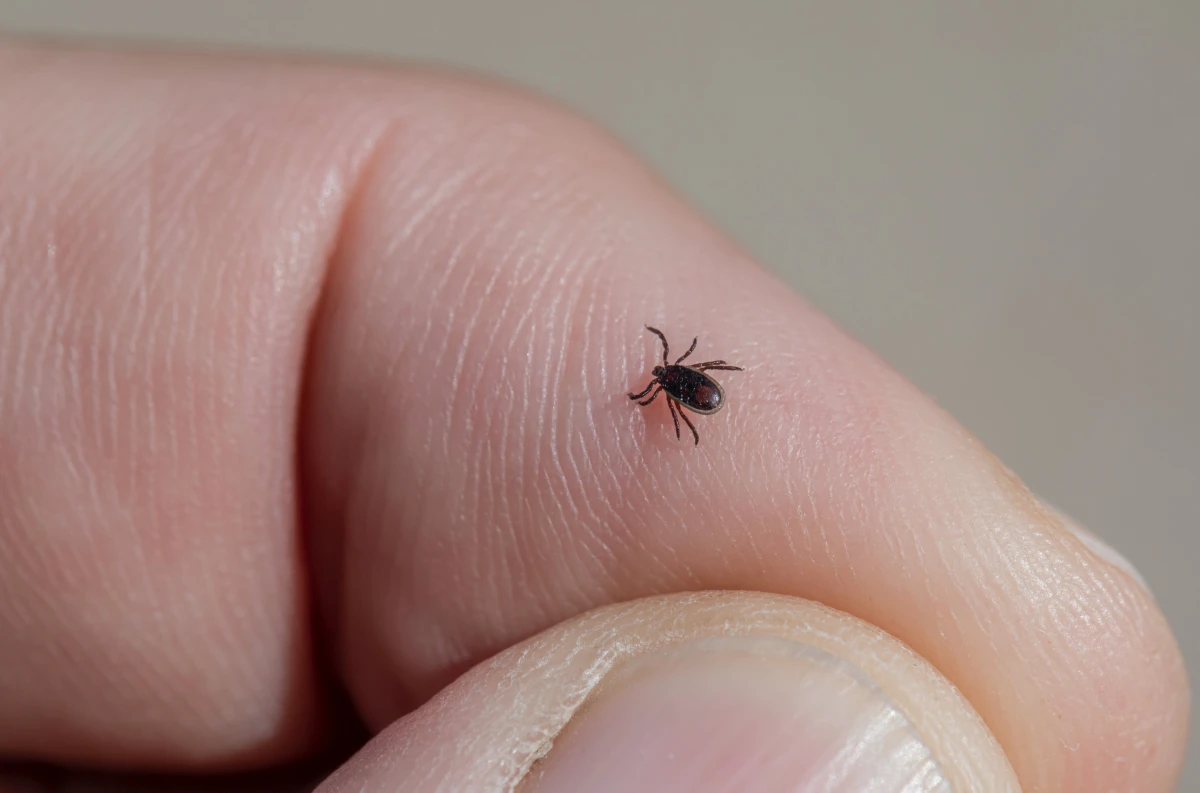
Hydration is just as important. Always have fresh water available, and bring a portable bowl on walks. To check for dehydration, gently lift the skin between their shoulder blades. If it snaps back quickly, they’re hydrated. If it sinks back slowly, they need water. If your pet is being stubborn about drinking, try adding a splash of low-sodium chicken broth to their water or making them frozen “pupsicle” treats from blended, seedless watermelon.
The Great Coat Debate: To Shave or Not to Shave?
It seems like a no-brainer to shave a fluffy dog for summer, right? Wrong. For double-coated breeds like Huskies, Golden Retrievers, or German Shepherds, their coat is a genius insulation system. The thick undercoat traps air, keeping them cooler in the heat (and warmer in the cold), while the longer guard hairs protect their skin from sunburn and insect bites.
Shaving them ruins this natural protection and can actually make them more prone to overheating. A much better solution is regular brushing. A good brushing session removes all that dead, loose undercoat, allowing air to circulate close to the skin. If you want, a groomer can do a light trim or a “sanitary clip,” but a full shave is almost always a bad idea.
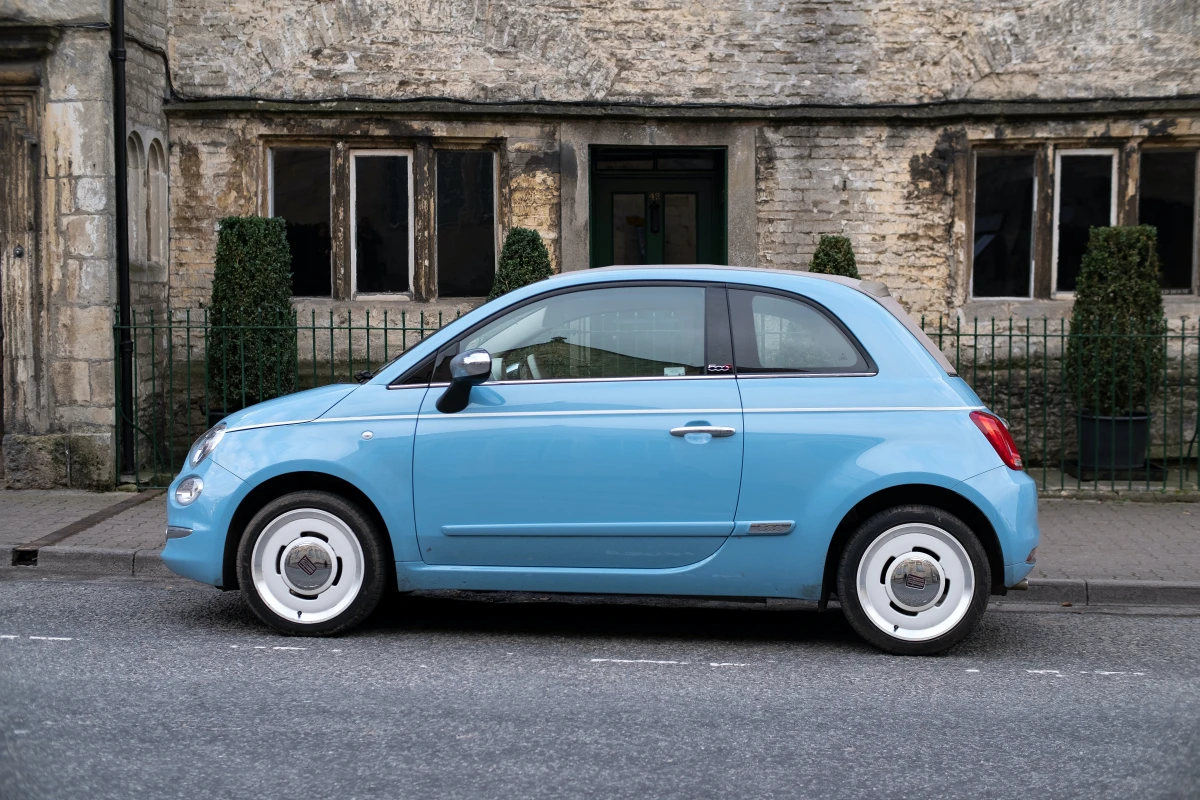
The Uninvited Guests: Fleas, Ticks, and Mosquitoes
Summer is prime time for parasites, and they’re more than just an annoyance—they carry nasty diseases like Lyme and heartworm. Your best defense is a good preventative, and you’ve got options. Honestly, it can be a little overwhelming.
Here’s a quick rundown to help you talk to your vet:
- Oral medications are pills or chewables. The big pro is that they’re easy to give and can’t be washed off. The downside is that some pets might not want to take them.
- Topical treatments are liquids you apply to the skin, usually between the shoulder blades. They work well, but you have to be careful that your pet doesn’t lick the area, and you might have to wait a day or two before baths or swimming.
- Medicated collars release medication over time. They’re convenient for long-term protection, but they need to be fitted properly to work, and some people don’t like the idea of a constant chemical presence.
Your vet can help you choose the best one based on your pet’s lifestyle and where you live. Expect to spend between $20 and $60 a month, depending on the product and your pet’s size.

Even with preventatives, check for ticks daily. If you find one, use fine-tipped tweezers to grab it as close to the skin as you can and pull straight up with steady pressure. No twisting! Once it’s out, don’t just crush it. A quick tip: drop it into a small jar with a bit of rubbing alcohol to kill it safely, then clean the bite area on your pet.
More Summer Surprises: Water, Windows, and BBQs
A few other things to keep on your radar…
At the lake or beach, never assume your dog can swim. A doggy life vest is a great investment. And be very wary of still, scummy water in ponds—it can contain toxic blue-green algae that is deadly if ingested. If the water looks gross, keep your pet far away.
For cat owners, especially those in apartments, summer means open windows. This leads to something vets call “high-rise syndrome,” where cats fall from unscreened windows. Make sure your screens are secure!
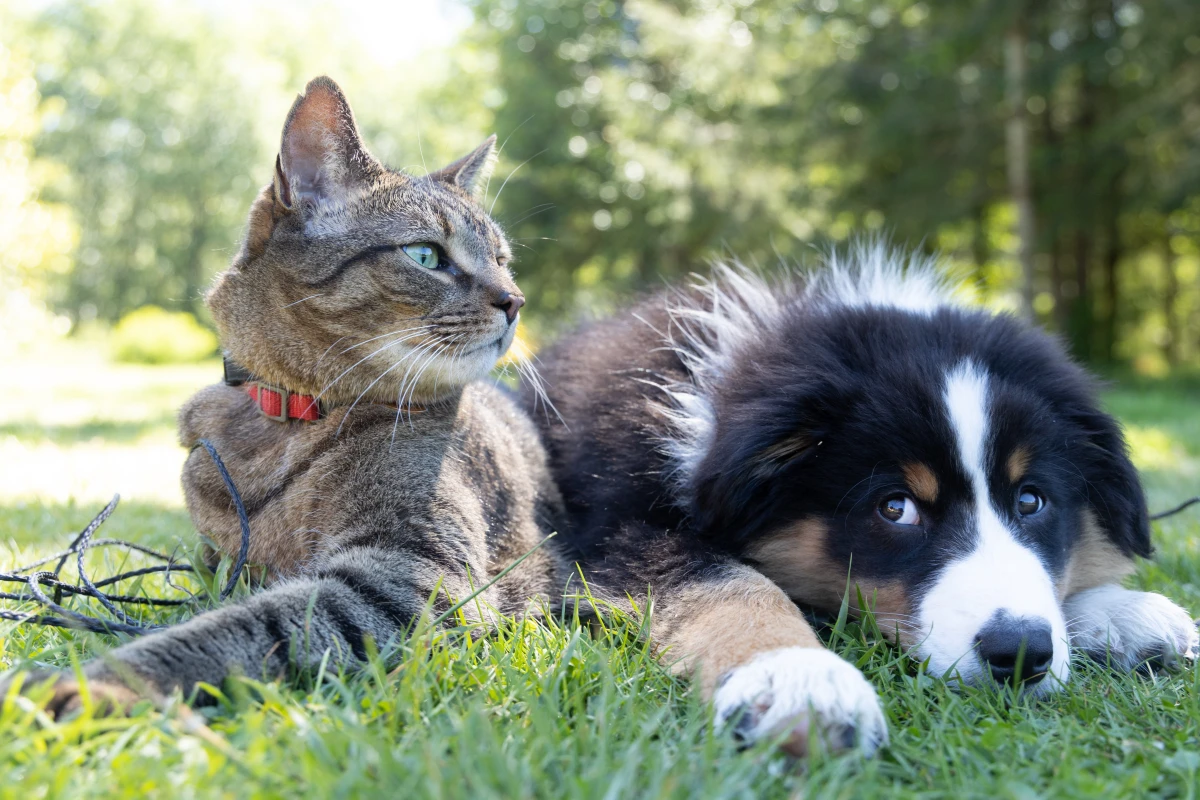
Finally, backyard BBQs are full of hazards. Cooked bones can splinter, corncobs are a major choking and obstruction risk, and many popular lawn fertilizers and chemicals are toxic. Keep pets away from the grill and be mindful of what they might be munching on in the yard.
Your Summer Go-Bag: Be Prepared!
I always recommend having a little summer safety kit ready to go. It makes life so much easier. Throw these in a tote bag:
- A tick-remover tool
- A collapsible water bowl and a water bottle
- Pet-safe sunscreen for noses and ear tips
- A cooling bandana (you just wet it)
- The number for your vet and the ASPCA Animal Poison Control Center: (888) 426-4435 (it’s a good idea to save this in your phone)
Summer should be about happy memories. All this advice really boils down to one thing: prevention. Pay attention to your pet, be aware of your surroundings, and you can sidestep most of these dangers. They’re counting on you to be their advocate. Now go enjoy the sunshine—safely!
Inspirational Gallery
The 5-Second Rule: Before any walk, place the back of your hand on the pavement. If you can’t comfortably hold it there for five seconds, it’s far too hot for your dog’s sensitive paw pads. Asphalt can easily be 40-60 degrees hotter than the air, leading to painful and debilitating burns. Stick to grassy areas or walk during the cooler early morning or late evening hours.
On an 80°F day, the temperature inside a parked car can soar to 99°F in just 10 minutes. After 30 minutes, it can reach a deadly 114°F. Cracking a window has very little effect on this rapid temperature rise.
Is sunscreen for dogs really a thing?
Absolutely, especially for certain pets. Dogs with short or thin fur, white or light-colored coats, and pink skin are highly susceptible to sunburn and skin cancer. Pay special attention to the bridge of the nose, ear tips, and their belly. Always use a veterinarian-approved, pet-safe sunscreen like My Dog Nose It! or Epi-Pet. Never use human sunscreen, as many contain zinc oxide, which is toxic to dogs if ingested.
- Stands up to powerful chewing during fetch.
- Floats on the surface for easy spotting and retrieval.
- Is made from non-toxic, pet-safe materials.
The secret? It’s a purpose-built water toy. Ditch the tennis balls, which can get waterlogged and become a choking hazard. Instead, opt for durable rubber toys designed for water play, like the buoyant Zogoflex line from West Paw or the KONG Aqua, which stays afloat and is easy for your dog to grab.
Don’t forget the indoor-only cats! When summer heat turns an apartment into a still, stuffy greenhouse, they can also suffer. Ensure good air circulation with a secure, pet-safe fan. You can also place a frozen water bottle wrapped in a towel in their favorite sleeping spot. Providing a shallow dish with a few ice cubes to bat around can offer both entertainment and a cooling treat.
Cooling Vest A (Evaporative): Vests like the Ruffwear Swamp Cooler work by using evaporation. You soak the vest in cool water, wring it out, and put it on your dog. As the water evaporates, it pulls heat away from their body. This is highly effective for active dogs on hikes or runs.
Cooling Vest B (Gel-Based): These vests contain freezable gel packs or absorb and hold cold water. They offer a direct cooling sensation but can be heavier and may lose their effectiveness more quickly than evaporative models. Best for less active or senior dogs relaxing in the yard.
Did you know that dogs can suffer from water intoxication?
It’s a rare but potentially fatal condition that occurs when a dog ingests too much water too quickly, often while aggressively fetching in a lake or playing with a high-pressure hose. This dilutes their body’s sodium levels, leading to a dangerous electrolyte imbalance. Always supervise water play and enforce mandatory rest breaks every 15 minutes.
A cool treat can make a hot day more bearable. Try these simple “Pupsicles”:
- Blend a cup of seedless watermelon with a splash of water, pour into an ice cube tray, and freeze.
- Fill a KONG toy with low-sodium chicken or beef broth and freeze it for a long-lasting, cooling challenge.
- Mix plain, unsweetened yogurt with a handful of blueberries and freeze in small portions.
Thinking beyond the backyard pool? Natural bodies of water present unique dangers. Be vigilant for blue-green algae blooms (cyanobacteria), which often look like a thick scum on the water’s surface and can be lethal if ingested. At the beach, even strong swimming dogs can be overpowered by rip currents. A well-fitted canine life jacket, like those from Outward Hound, is a non-negotiable safety tool for any boating or deep-water adventure.
Summer is peak season for fleas and ticks. After every outdoor adventure, perform a thorough body check. These parasites love to hide in warm, dark places.
- Deep inside the ears and under the flaps.
- In between the paw pads and toes.
- Around the neck, tucked under the collar.
- Under the front and back legs (the “armpits”).
- Around the eyelids and at the base of the tail.










